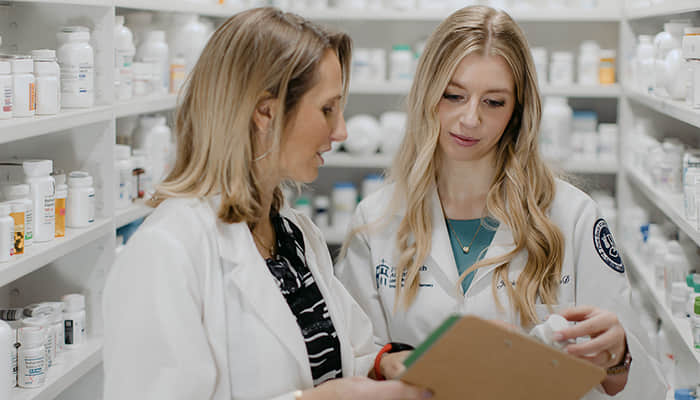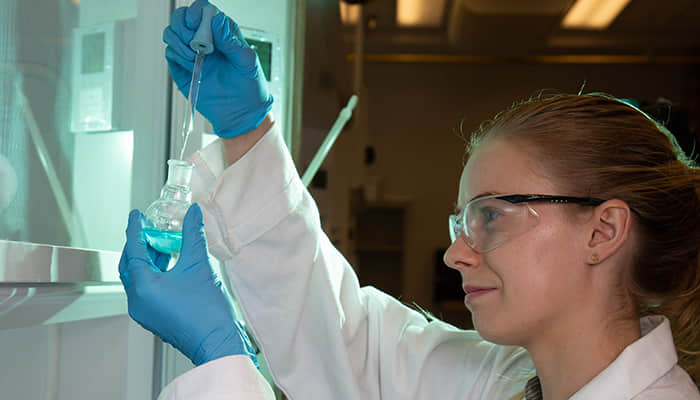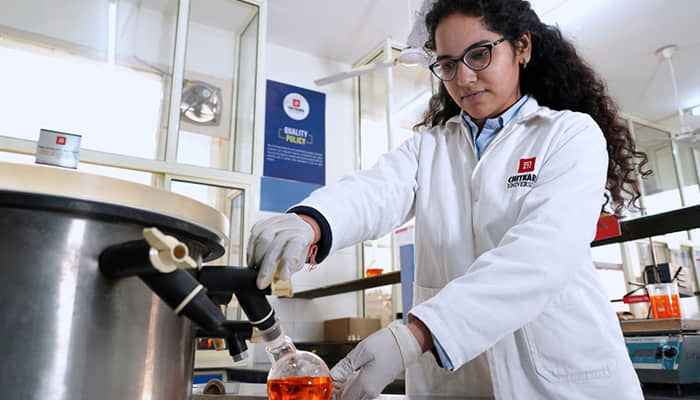
Becoming a Doctor of Pharmacy (Pharm D) is a rewarding career path for those passionate about healthcare and the science of medication. A Pharm D degree not only opens doors to various professional opportunities in the pharmaceutical industry but also enables one to make a significant impact on patient health and well-being. Here is a comprehensive guide on how to become a Doctor of Pharmacy in 2024.
1. Understand the Role of a Pharm D

Overview: Pharmacists are healthcare professionals who specialize in the safe and effective use of medications. They provide patient care, conduct research, and work in various settings such as hospitals, community pharmacies, and pharmaceutical companies.
Key Responsibilities:
- Patient Care: Counseling patients on medication use, managing chronic diseases, and ensuring safe medication practices.
- Medication Management: Dispensing prescriptions, monitoring drug interactions, and managing medication therapy.
- Clinical Research: Participating in clinical trials, conducting research on new medications, and contributing to medical literature.
Importance: Understanding the diverse roles and responsibilities of a pharmacist is crucial before committing to this career path.
2. Prerequisites and Educational Requirements

Overview: To become a Pharm D, one must complete specific educational prerequisites and obtain a Doctor of Pharmacy degree from an accredited institution.
Steps:
- High School Education: Focus on subjects such as biology, chemistry, mathematics, and physics.
- Undergraduate Education: Complete prerequisite courses in biology, chemistry, physics, mathematics, and humanities. Some programs may require a bachelor’s degree, while others accept students after completing 2-3 years of undergraduate coursework.
- Pharmacy College Admission Test (PCAT): Although some schools have made the PCAT optional, it remains a requirement for many programs. Prepare and perform well on this standardized test.
Why It’s Important: Meeting these educational requirements ensures that candidates have the necessary foundation in science and critical thinking skills required for the rigorous Pharm D program.
3. Choosing the Right Pharm D Program

Overview: Selecting an accredited Pharm D program that fits your career goals and preferences is essential.
Factors to Consider:
- Accreditation: Ensure the program is accredited by the Accreditation Council for Pharmacy Education (ACPE).
- Curriculum: Review the curriculum to ensure it covers essential topics such as pharmacology, medicinal chemistry, clinical practice, and pharmacy law.
- Experiential Learning: Look for programs that offer robust experiential learning opportunities through internships, clinical rotations, and community service.
- Location and Cost: Consider the program’s location, tuition fees, and available financial aid.
Why It’s Important: A well-chosen Pharm D program will provide a comprehensive education and valuable practical experience, preparing you for a successful career in pharmacy.
4. Completing the Pharm D Program

Overview: The Pharm D program typically lasts 4 years and includes both classroom instruction and practical experience.
Curriculum:
- Foundational Courses: Courses in biochemistry, pharmacology, medicinal chemistry, and pharmacokinetics.
- Clinical Sciences: Courses focusing on therapeutic principles, patient care, and disease management.
- Pharmacy Practice: Training in community pharmacy, hospital pharmacy, and clinical settings.
- Experiential Learning: Rotations in various pharmacy settings to gain hands-on experience.
Why It’s Important: Completing the Pharm D program equips students with the knowledge and skills necessary to practice pharmacy competently and ethically.
5. Licensure and Certification

Overview: After graduating from a Pharm D program, obtaining licensure is necessary to practice as a pharmacist.
Steps:
- North American Pharmacist Licensure Examination (NAPLEX): A standardized exam assessing knowledge and skills required for pharmacy practice.
- Multistate Pharmacy Jurisprudence Examination (MPJE): An exam covering pharmacy law and ethics. Some states have their own specific law exams.
- State Licensure: Apply for licensure in the state where you plan to practice. Requirements vary by state but typically include passing the NAPLEX and MPJE.
Why It’s Important: Licensure ensures that pharmacists meet the professional standards necessary to provide safe and effective patient care.
6. Continuing Education and Professional Development

Overview: Pharmacists must engage in continuous learning to stay updated with advancements in the field and maintain their licensure.
Opportunities:
- Continuing Education (CE) Courses: Many states require pharmacists to complete a certain number of CE hours annually.
- Professional Organizations: Joining organizations such as the American Pharmacists Association (APhA) or the American Society of Health-System Pharmacists (ASHP) for networking and educational resources.
- Specializations and Certifications: Pursue additional certifications in areas such as oncology, pediatrics, geriatrics, or clinical pharmacy to enhance expertise and career opportunities.
Why It’s Important: Continuous education ensures pharmacists provide the best care possible and stay abreast of new medications, therapies, and technologies.
7. Career Opportunities for Pharm D Graduates

Overview: A Pharm D degree opens doors to diverse career paths within the healthcare and pharmaceutical industries.
Career Paths:
- Community Pharmacy: Working in retail pharmacies to provide patient care and manage medication therapy.
- Hospital Pharmacy: Collaborating with healthcare teams to manage inpatient medication therapy.
- Clinical Pharmacy: Specializing in areas such as cardiology, oncology, or infectious diseases, and working directly with patients and healthcare providers.
- Pharmaceutical Industry: Roles in drug development, regulatory affairs, medical affairs, and pharmaceutical sales.
- Academia and Research: Teaching and conducting research at universities and research institutions.
Why It’s Important: Understanding the various career opportunities helps Pharm D graduates make informed decisions about their professional paths and areas of specialization.
Conclusion
Becoming a Doctor of Pharmacy in 2024 involves a structured educational journey, starting with prerequisite coursework, progressing through a rigorous Pharm D program, and culminating in licensure and continuous professional development. With a Pharm D degree, graduates can pursue rewarding careers that contribute significantly to patient care and the healthcare industry. As the pharmaceutical field continues to evolve, pharmacists remain at the forefront of advancing medication therapy and improving patient outcomes, making this a fulfilling and impactful career choice.
